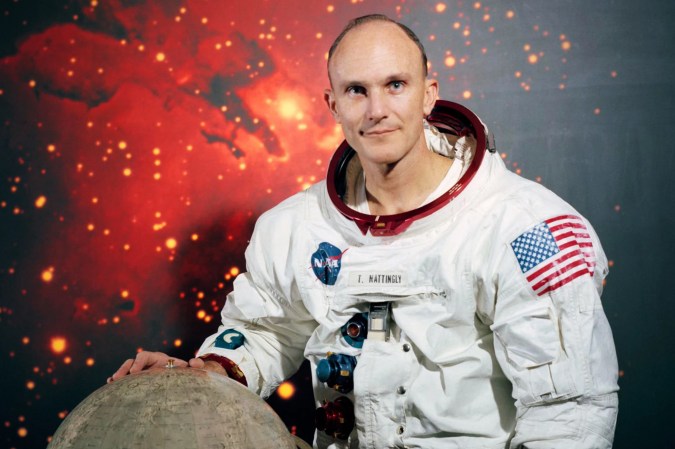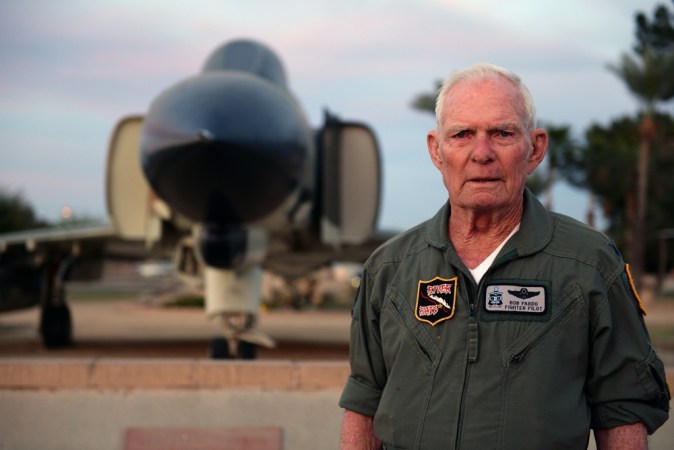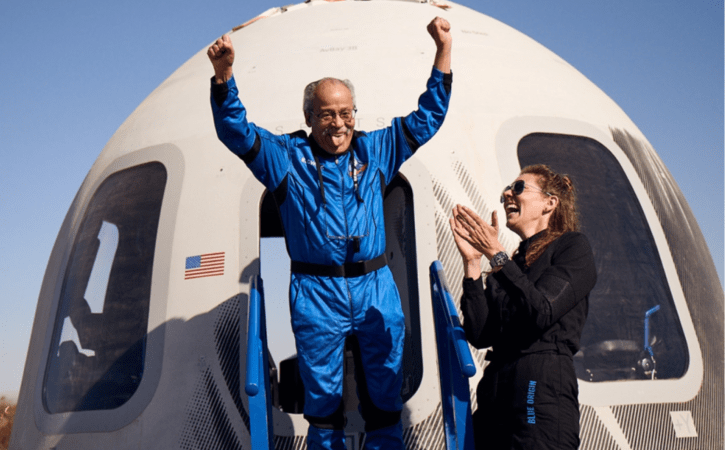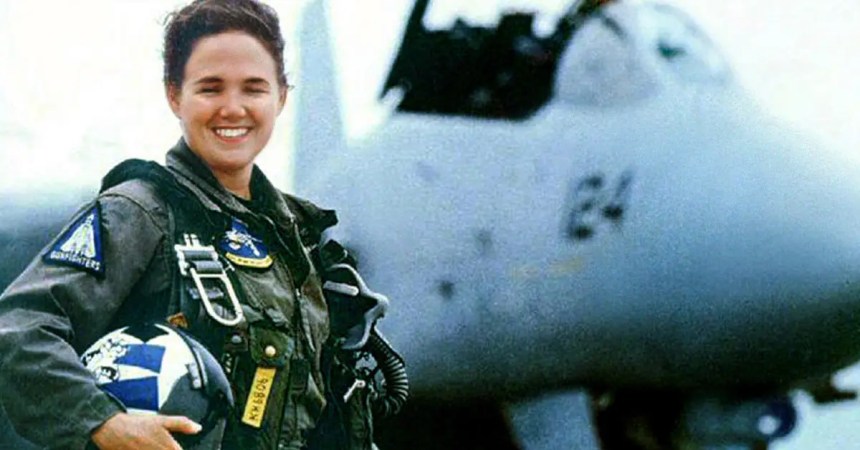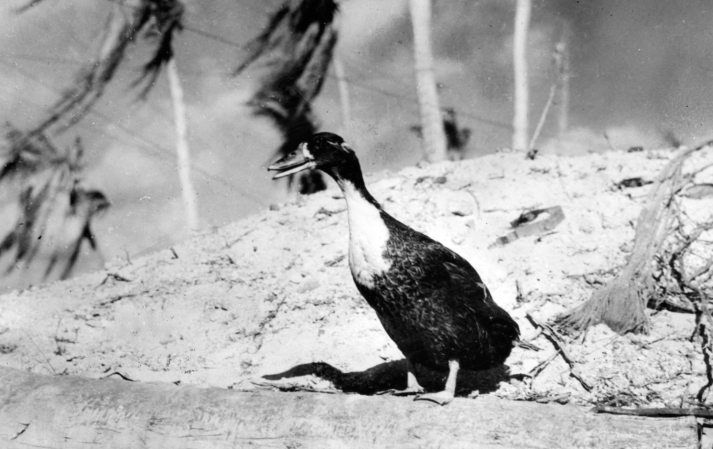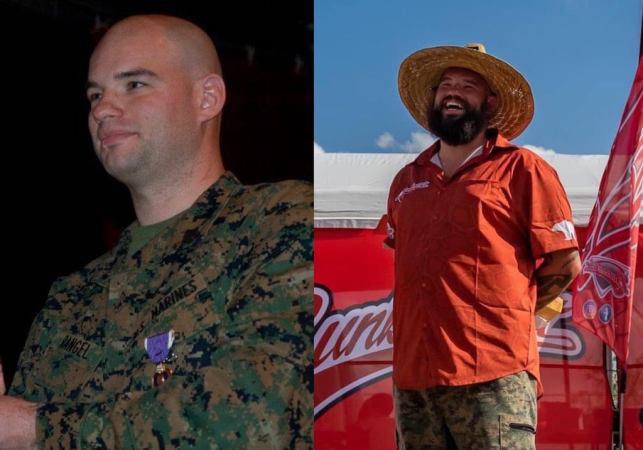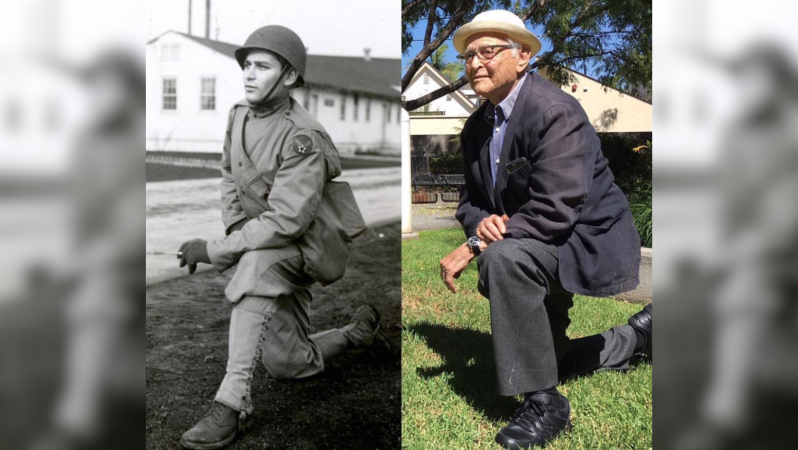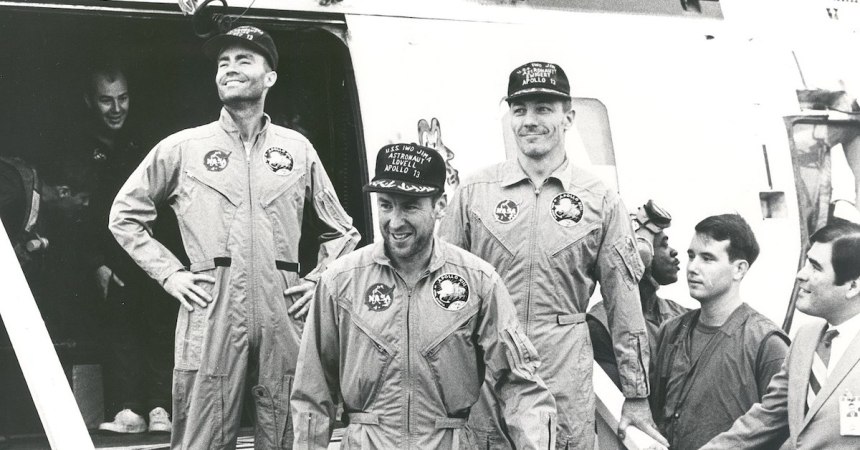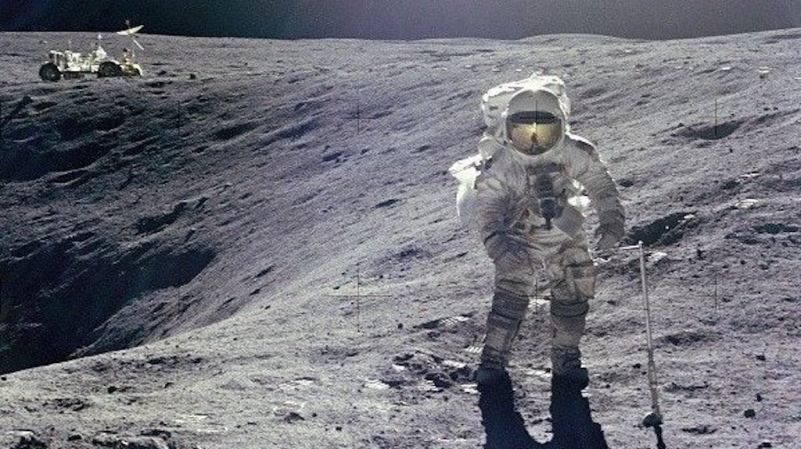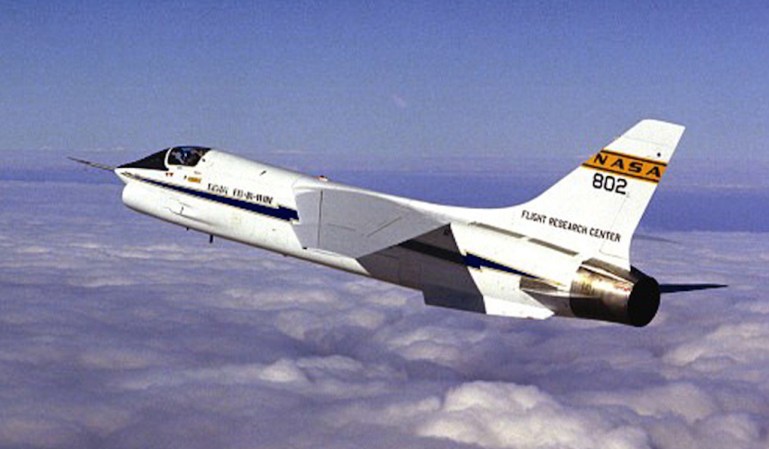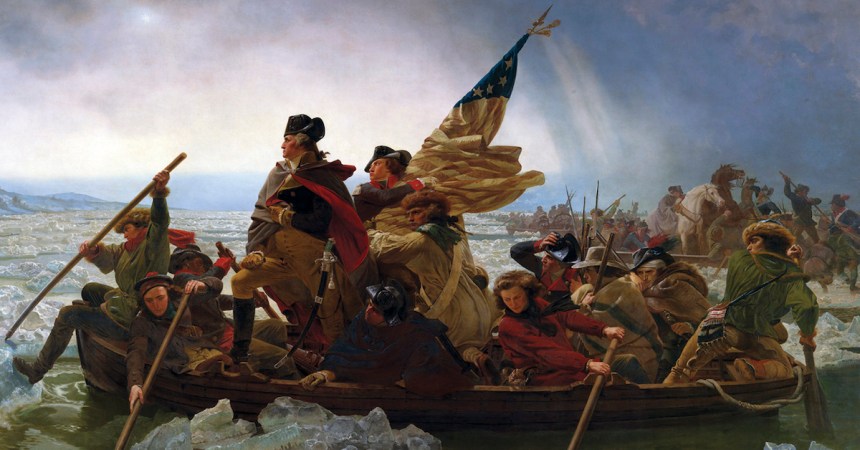Air Force Colonel Frank Frederick Borman II made history as the commander of Apollo 8, the first manned mission to fly around the moon. For this achievement, he is one of only 28 astronauts to be awarded the Congressional Space Medal of Honor. On November 7, 2023, Borman passed away in Billings, Montana, at the age of 95.
Born in Gary, Indiana, on March 14, 1928, Borman’s family soon moved to Tucson, Arizona, which he considered to be his hometown. He attended elementary through high school there and also discovered his love of flight. Borman took his first airplane ride at the age of five and learned to fly 10 years later. He was also an avid model plane builder.

Borman received an appointment to the United States Military Academy and reported to West Point on July 1, 1946. Although he didn’t make the football team, he did serve as an assistant manager. On June 2, 1950, Borman commissioned into the newly formed Air Force. During the traditional 60-day furlough after graduation, Borman reconnected with his high school girlfriend, Susan, whom he split with to attend West Point. The two were married in Tucson on July 20, 1950.
After a honeymoon in Phoenix, Borman reported to Perrin Air Force Base, Texas, in August 1950 for basic flight training. Graduating in the top portion of his class, Borman got to pick his advanced training pipeline and selected fighters. In February 1951, he reported to Williams Air Force Base, Arizona for fighter pilot training and, later, Nellis Air Force Base, Nevada. Borman earned his wings there on December 4, 1951.

Although Borman was originally slated to go to Korea to join the war effort, a perforated eardrum suffered during a practice dive bombing held him back. Grounded, he took a troop transport ship from California to the Philippines, where he was assigned to the 44th Fighter-Bomber Squadron at Clark Field. Borman wasn’t returned to flight status until September 22, 1952. Upon returning to the United States, he served as an instructor at Moody Air Force Base, Georgia, before transferring to Luke Air Force Base, Arizona, in 1955. The next year, Borman attended the California Institute of Technology where he earned a Master of Science degree in aeronautical engineering in June 1957. After this, he served as a professor at West Point, teaching thermodynamics and fluid mechanics until 1960.
In June 1960, Borman was selected for the Air Force’s Experimental Flight Test Pilot School at Edwards Air Force Base, California. His class included fellow future astronauts Michael Collins and James Irwin. After graduating as a test pilot on April 21, 1961, Borman was one of five students accepted to the first class of the Aerospace Research Pilot School, a postgrad school to prepare test pilots to become astronauts. Future astronaut Jim McDivitt joined Borman in the inaugural class. In 1962, NASA announced selection for a new group of astronauts to assist with Project Mercury and fly for Project Gemini. Borman was one of 11 candidates put forth by the Air Force and one of nine selected by NASA.

Borman moved to Houston, Texas, where he was tasked with becoming an expert on Project Gemini’s Titan II booster. During this time, he also studied the use of automated systems with scientists, including Wenger von Braun. In preparation for flying Gemini missions, Borman attended jungle survival training in Panama, desert survival training in Nevada, and water survival training in Florida and Texas. He was selected as back-up pilot for Gemini 3 and called up to the prime crew when Alan Shepherd was grounded in October 1963. However, Mission Commander Gus Grissom determined that he and Borman would not make a good team and replaced him with John Young.
Borman became backup commander for Gemini 4, with Jim Lovell as his co-pilot, and the two men were assigned as the prime crew for Gemini 7. Borman and Lovell launched on December 6, 1965. In orbit, they rendezvoused with Gemini 6, crewed by Wally Schirra and Tom Stafford. Coming within 12 inches of each other, Schirra held up a sign in the window that read “Beat Army.” Schirra, Stafford, and Lovell were all graduates of the Naval Academy. Gemini 17 returned to Earth on December 18. For the mission, Borman was awarded the NASA Exceptional Service Medal and promoted to Colonel, the youngest in the Air Force at the age of 37.

On November 20, 1967, the crew of Apollo 8 was announced with Borman as Commander, Michael Collins as Command Module Pilot, and William Anders as Lunar Module Pilot. However, Collins suffered a disc herniation in July 1968 and was replaced by Jim Lovell. On December 21, 1958, Apollo 8 launched. Despite Borman suffering a brief bout of vomiting and diarrhea, now believed to be space adaptation syndrome, Apollo 8 successfully entered lunar orbit on December 24. In 20 hours, the three men made 10 historic orbits of the Moon before returning to Earth on December 27. Borman, Lovell, and Anders received NASA Distinguished Service Medals for the mission. Borman also received the Air Force Distinguished Service Medal.
During Apollo 11, Borman was present in the Oval Office for President Nixon’s phone call to the Moon. He also accompanied Nixon in Marine One and to the USS Hornet (CVS-12) to meet the crew after returning to Earth. In June 1970, Borman retired from NASA and the Air Force. After completing Harvard Business School’s Advanced Management Program, he joined Eastern Air Lines and became its senior vice president for operations. On the night of December 29, 1972, when flight 401 fell off the radar near the Everglades, Borman took a helicopter into the darkness and rescued survivors from the swamp. Borman was promoted up through the ranks at Eastern until he was made CEO. However, financial troubles for the airline through the late 70s and early 80s led him to resign in June 1986.

Borman and his wife moved to Las Cruces, New Mexico, where he was a majority owner of a Ford dealership started by his oldest son, Fred. He served on the boards of directors for Home Depot, National Geographic, and Outboard Marine Corporation among other companies. In 1988, Borman purchased a cattle ranch in Montana. Retirement allowed him to return to model aircraft, but he also restored a WWII Bell P-63 Kingcobra, which he flew in airshows. After Susan was placed in a nursing home, Borman visited her every day until her death on September 7, 2021. Borman received numerous honorary doctorate degrees and was inducted into the International Space Hall of Fame, the National Aviation Hall of Fame, the Arizona Aviation Hall of Fame, the International Air & Space Hall of Fame, and the U.S. Astronaut Hall of Fame.



